Who is Yan Lugen? The Nanjing-based collector has been sinking millions into the art world and has founded an art festival, built a museum and sponsored artists.
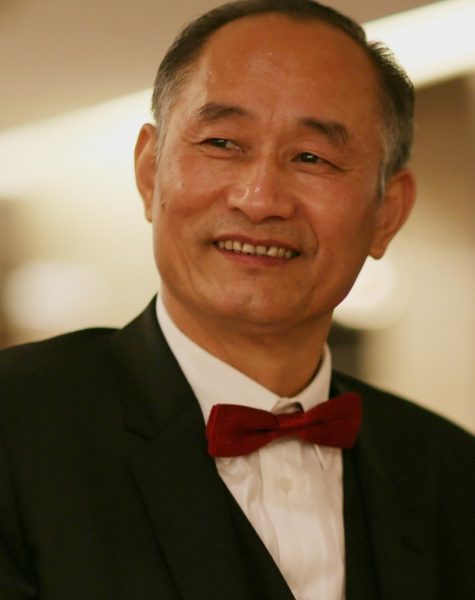
A former newspaper reporter, Yan made his money in real estate; he is chairman of Lek Yuan Group, a property developer in Nanjing with annual sales of over CNY5bn (about $72m). He founded and funded the Nanjing International Art Festival, which ran from November 2016 to February this year, an event now in its third edition, which cost him CNY30m this time around. It was nothing if not ambitious, featuring 417 exhibits by 315 artists from 39 countries, with a voluminous 400-page catalogue to match. He recruited leading curators Lv Peng and the Italian Letizia Ragalia, with a selection committee including Chinese, US, Belgian and South Korean names. It was held in Yan’s private Baijia Lake Museum, a repurposed 20,000 sq m former commercial centre, now smartly transformed into a four-floor exhibition space with a gleaming outer “skin” by the architect Zhang Can. Yan is proud of his huge art collection, built up since the 1990s.
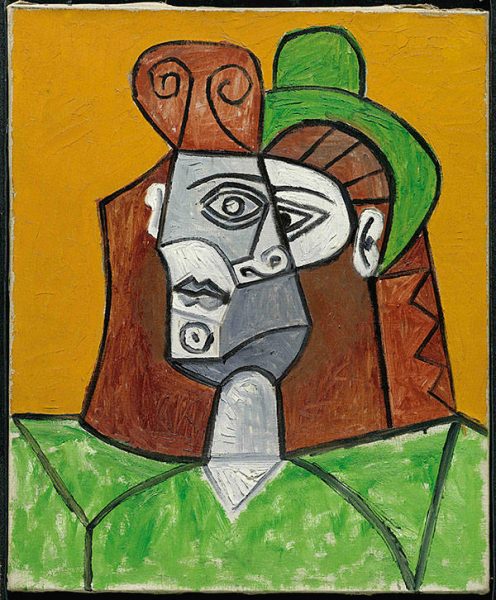
According to his own estimates, which have varied, it numbers between 3,000 and 5,000 works. Prominent among his acquisitions is Picasso’s “Woman in a Green Hat” and he lists other prizes: a Monet “Water Lilies” and “View of Chapelle de Ronchamp”, a cast of Rodin’s “Thinker” and one of Degas’ 14-year-old dancers. To this must be added, he says, works by Van Gogh, Matisse, Delvaux, Dalí, Renoir, Chagall, Derain, Henri Martin, Utrillo, as well as “Rubens’ oil paintings and Michelangelo’s sculptures”, along with traditional and contemporary Chinese art: he puts the total value of his holdings at CNY10bn.
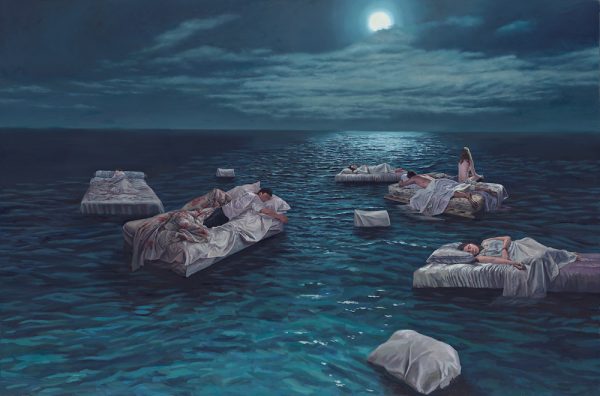
But for some observers, the extent and quality of the collection is a little mysterious. One Beijing-based collector tactfully says it has many “not super-important pieces, but by well-known names”. “I am one of the collectors among global Chinese with the most holding of traditional and contemporary masters’ works worldwide,” Yan says. Boastful; ambitious? Certainly.
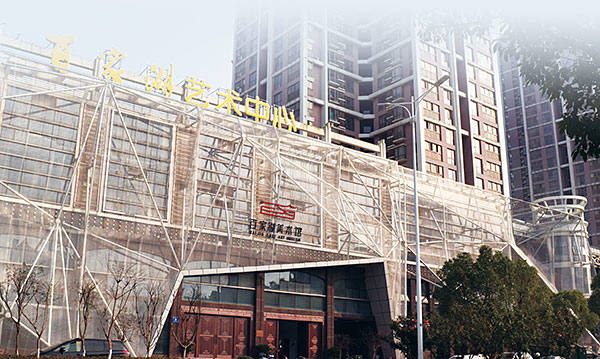
When Yan turned to art, he created the Baijia Lake International Culture Investment Group, which organises cultural projects, notably staging shows of “international art masters”, for which there is a deep appetite in China. It was this group that sponsored the Kiefer exhibition at Beijing’s Central Academy of Fine Art Museum (CAFA Art Museum), which caused an uproar when it was denounced by the artist and the galleries that represent him. They said the show was organised without the artist’s consent and condemned it as “disrespectful”; Kiefer refused to attend. No doubt partly as a result of the controversy, the show drew 30,000 visitors, at a hefty entrance fee of CNY60 (about US$9, high for China).
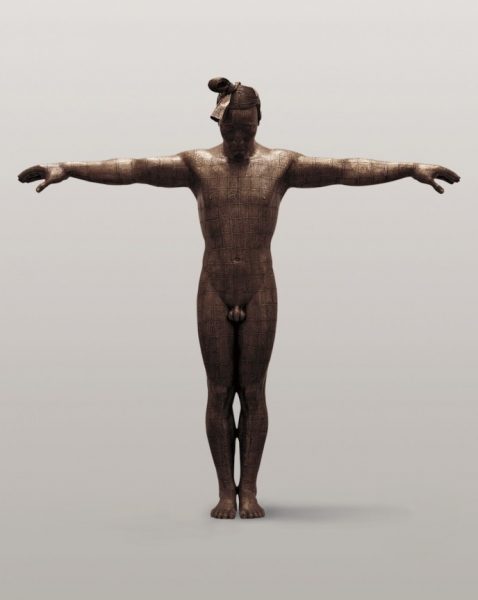
Yan will also help fund the China Pavilion at this year’s Venice Biennale. This follows a controversy in 2015, when he donated CNY5m to the Kenya pavilion at Venice. The pavilion was dominated by Chinese artists — six out of eight — none of whom had ties to Kenya or referenced the country in their work. The Kenyan government officially disowned it; it was reported that Chinese artists were “buying their way in” to the biennale because participating boosted their prices back home. Asked about his reasons for funding the pavilion, Yan said, “Art does not and should not have national boundaries; this happened by chance.”
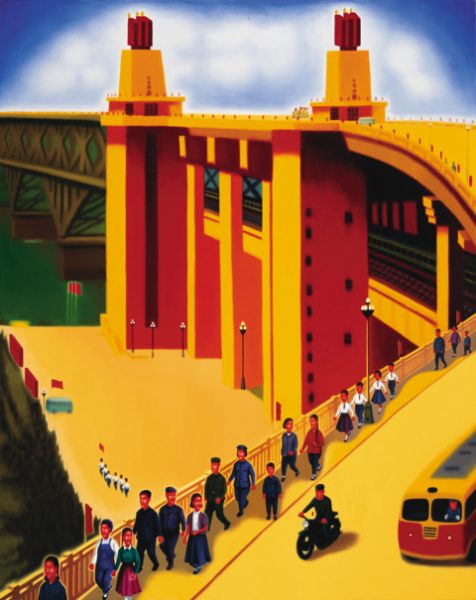
As far as Yan is concerned, however, it is his “personal, true” love for his art collection, built up over years, mainly at auction, that motivates him. But, as he says himself, he also sees it as “a portfolio investment”. His goal is to build the largest art group in China, with revenue of CNY10bn and net profit CNY3bn, then IPO in 2020. “In 2017, we will work on an art exhibition for the 20th anniversary of Hong Kong’s return to China,” says Yan, who will continue to invest in art by funding a new Nanjing Biennale to replace the Nanjing International Art Festival in October 2018.
*extracted from the Financial Times website
